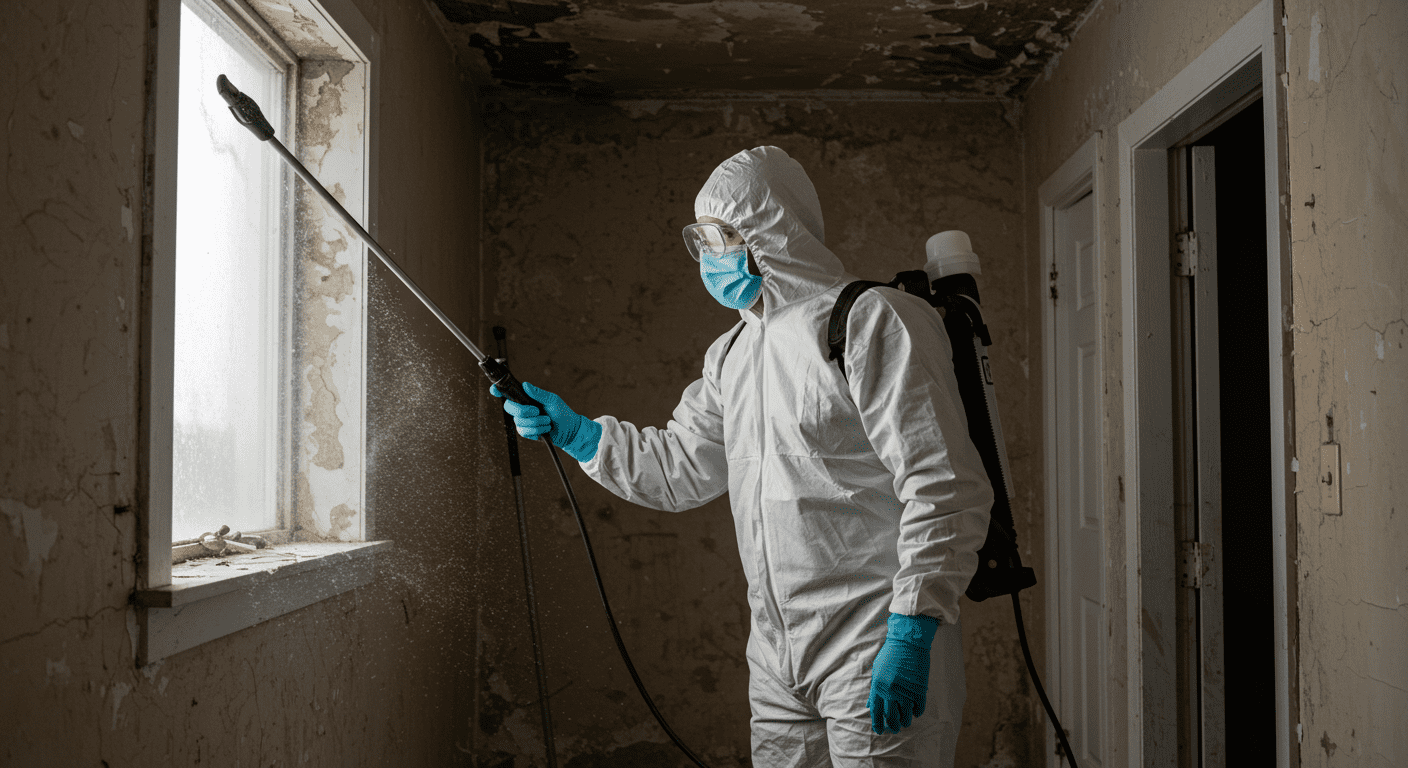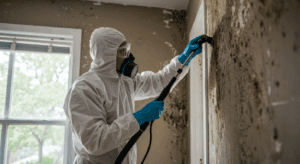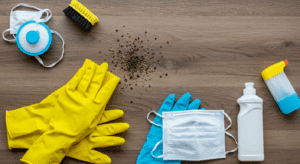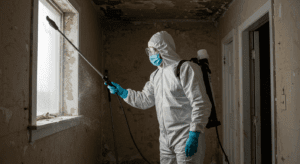Mold is a persistent problem for many homeowners in Jersey City, NJ, due to the region’s humid climate and older housing structures. Left unchecked, mold can cause health issues, damage property, and reduce the value of your home. Identifying the most common places for mold growth and taking preventive measures can save you time, money, and stress. This article explores the top eight hotspots for mold in Jersey City homes and offers practical solutions to keep your living environment safe and healthy.
Common Mold Hotspots in Jersey City Homes
1. Bathrooms
Bathrooms are one of the most common places for mold growth due to constant exposure to moisture. Steam from showers and baths creates an ideal environment for mold to thrive, especially in poorly ventilated spaces. Mold often appears on tiles, grout, and around the edges of bathtubs or sinks. Regular cleaning and ensuring proper ventilation can help minimize mold growth in these areas. Installing an exhaust fan and wiping down surfaces after use are simple yet effective preventive measures.
2. Kitchens
Kitchens are another hotspot for mold, particularly in areas prone to leaks and spills. Mold can develop under sinks, behind appliances, and in cabinets where water damage may go unnoticed. Food spills and organic waste can also contribute to mold growth. To prevent this, inspect your kitchen regularly for leaks, clean up spills promptly, and ensure proper ventilation. A dehumidifier can also help reduce moisture levels in the kitchen.
3. Attics
Attics are often overlooked when it comes to mold prevention, but poor ventilation and insulation can lead to significant mold issues. Warm air rising from the home can create condensation in the attic, providing the perfect conditions for mold to grow on wooden beams and insulation. Regularly inspecting your attic for signs of mold and ensuring proper ventilation can help. Sealing any roof leaks and maintaining insulation are also crucial steps.
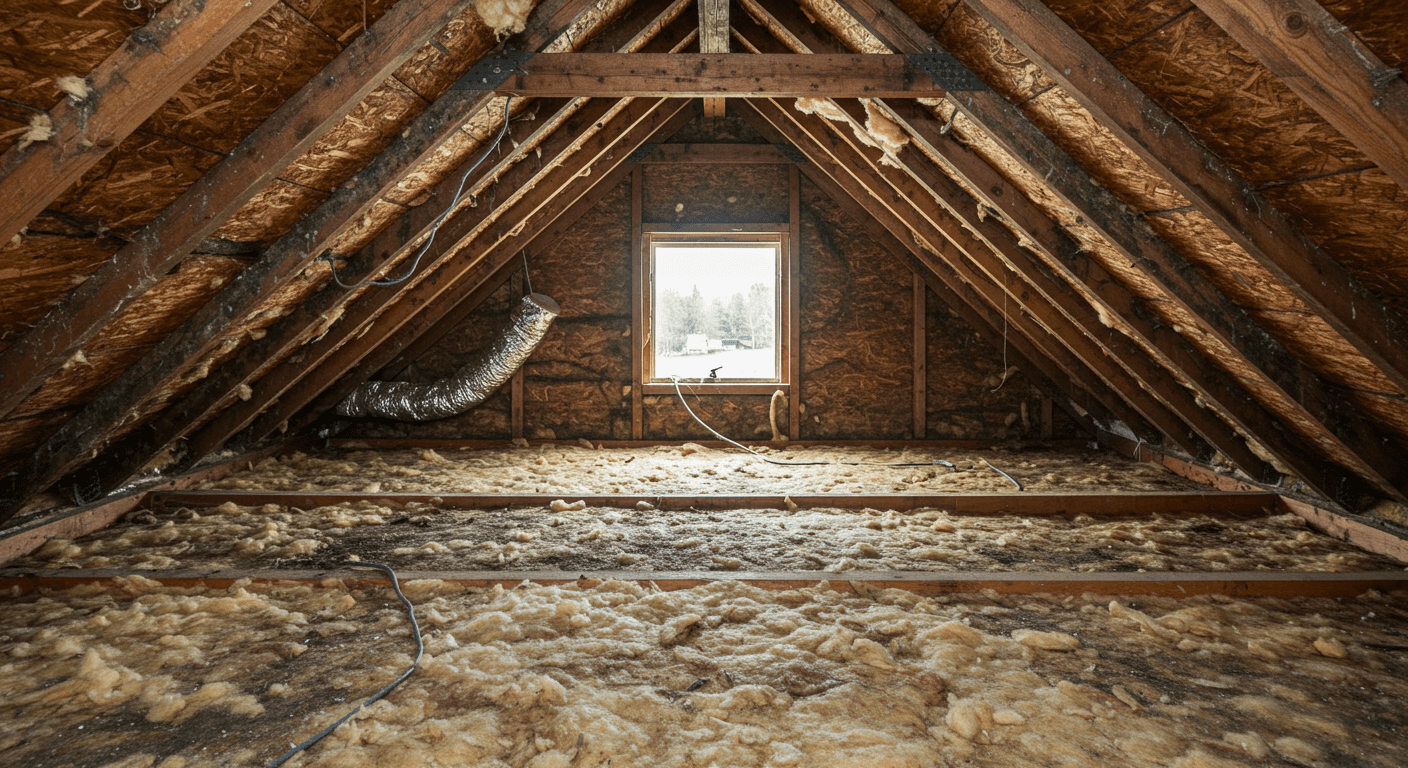
4. Basements and Crawl Spaces
Basements and crawl spaces are notorious for mold growth due to high humidity levels and poor ventilation. Water seepage from the ground or walls can exacerbate the problem. Mold in these areas often goes unnoticed until it has spread significantly. To prevent mold in basements, use a dehumidifier, seal any cracks in the foundation, and ensure proper drainage around your home. Crawl spaces can benefit from encapsulation to reduce moisture levels.
Additional Areas Prone to Mold Growth
5. HVAC Systems
Your HVAC system can unknowingly circulate mold spores throughout your home. Mold can grow in air ducts, filters, and on cooling coils, especially if the system is not cleaned regularly. To prevent this, schedule routine maintenance for your HVAC system and replace filters as recommended. Using a high-efficiency particulate air (HEPA) filter can also help trap mold spores and improve indoor air quality.
6. Windows and Walls
Condensation on windows and walls is a common issue in homes with poor insulation or high humidity levels. This can lead to mold growth, particularly around window frames and behind wallpaper. To address this, ensure your home is well-insulated and use a dehumidifier to control indoor humidity. Regularly check for signs of mold around windows and walls, and address any issues promptly.
7. Laundry Rooms
Laundry rooms are often overlooked as potential mold hotspots, but the combination of humidity from appliances and water leaks can create ideal conditions for mold. Mold can develop behind washing machines, around utility sinks, and in poorly ventilated areas. To prevent mold in your laundry room, ensure proper ventilation, fix any leaks immediately, and avoid leaving wet clothes in the washer for extended periods.
Prevention and Remediation Strategies
8. Regular Inspections
Routine inspections are essential for identifying and addressing mold issues before they become severe. Check areas prone to moisture, such as bathrooms, kitchens, and basements, for signs of mold. Pay attention to musty odors, discoloration, and water stains. Early detection can save you from costly repairs and health risks.
Professional Mold Remediation
When mold growth becomes extensive, it’s best to seek professional help. Mold remediation experts in Jersey City have the tools and expertise to safely remove mold and prevent it from returning. Professionals can also identify the root cause of the problem and recommend long-term solutions. If you’re dealing with mold in your basement, consider consulting this expert guide to cleaning mold in basements.
DIY Tips for Homeowners
For minor mold issues, homeowners can take simple steps to reduce mold risk. Use a mixture of water and vinegar or a commercial mold cleaner to remove small patches of mold. Keep your home well-ventilated, use a dehumidifier, and fix leaks promptly. Regular cleaning and maintenance can go a long way in preventing mold growth.
Mold is a common issue in Jersey City homes, but with the right knowledge and preventive measures, you can keep your home safe and healthy. By addressing common mold hotspots and following the prevention strategies outlined in this article, you can protect your property and your family’s well-being. For more information on mold prevention and remediation, check out this homeowner’s guide to mold prevention after water damage.
